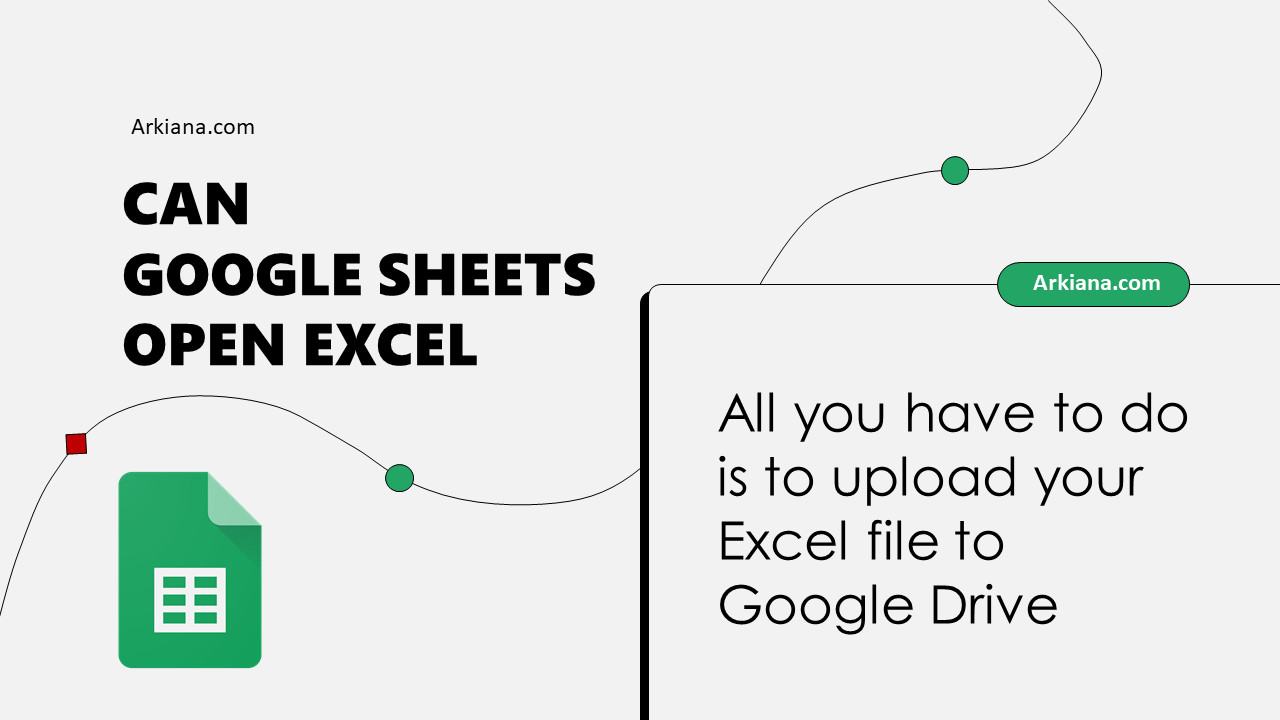Open Excel Sheets Like a Pro: Quick Guide

Ever wondered how seasoned Excel users manage to navigate through multiple sheets with such ease? Here's your quick guide to opening Excel sheets like a professional, allowing you to enhance productivity, organize data, and streamline your workflow efficiently.
Basics of Excel Sheet Navigation

Before diving into advanced techniques, mastering the basics is crucial:
- Open Workbooks: Simply click the workbook icon or navigate to File > Open > Browse to choose a file.
- Navigating Sheets: Click sheet tabs at the bottom of the Excel window or use keyboard shortcuts like Ctrl+Page Down for next sheet and Ctrl+Page Up for the previous one.
Understanding the fundamentals ensures you have a strong foundation for more advanced techniques.
Advanced Shortcuts for Pro Navigation

Speed up your Excel workflow with these time-saving shortcuts:
- Switch Between Windows: Use Ctrl+F6 or Alt+Tab to cycle through open Excel workbooks.
- Activate Last Sheet: The Ctrl+Shift with the '>' key will activate the last sheet.
- Select All Sheets: Holding Shift while clicking a sheet tab will select all sheets between the two clicked. Use Ctrl to select non-adjacent sheets.
Named Ranges for Quick Access

Named ranges can make finding and using data easier:
- Define a Named Range: Select the cell or range and go to Formulas > Define Name to create a name for easier data management.
- Navigate with Name Box: Click the dropdown arrow next to the name box in the formula bar to select named ranges instantly.
💡 Note: Named ranges not only help in quick navigation but also improve formula readability and make updates more manageable.
Use of the Workbook Navigation Pane

The Workbook Navigation Pane is an underutilized tool that can significantly enhance productivity:
- Open the Navigation Pane: Click on the 'Workbook' tab under 'View > Workbook Views > Workbook Navigation Pane.'
- Explore Sheets: Use this pane to see all sheets and quickly jump to any by double-clicking.
Managing Multiple Workbooks

Working with multiple Excel workbooks simultaneously can be streamlined with these techniques:
Group Windows

Grouping multiple Excel windows together can help in synchronizing actions:
- How to Group: Open the Excel windows, then go to View > Arrange All > Tiled/Cascade, and select 'Group.'
- Working Across Sheets: With grouped windows, actions like moving or resizing will be applied across all sheets at once.
Use of Excel's Recent Files List

To minimize file navigation time:
- Access Recent Files: Click on the 'File' tab to view your recently opened workbooks for quick access.
- Strengthen Recent File Access: Pin frequently used files to keep them at the top of the list.
By employing these strategies, your Excel workflow can become more efficient, turning you into a pro at managing data across multiple sheets.
Throughout this guide, we've explored the essentials of sheet navigation, harnessed the power of shortcuts, utilized the Workbook Navigation Pane, and optimized work with multiple workbooks. These techniques can elevate your data management skills, making you proficient in navigating and manipulating Excel sheets with precision and speed.
Can I create custom shortcuts in Excel?

+
Yes, Excel allows users to customize their shortcuts through the Quick Access Toolbar or by using VBA (Visual Basic for Applications) for more complex commands.
What are the benefits of grouping windows?

+
Grouping windows allows for simultaneous actions across multiple workbooks, saving time when you need to perform the same task on different sheets or files.
How do I quickly navigate to a specific cell?

+
To quickly go to a specific cell, press Ctrl+G (or F5) to open the ‘Go To’ dialog, type the cell reference, and press Enter.
What is the purpose of the Workbook Navigation Pane?

+
The Workbook Navigation Pane provides an at-a-glance view of all your sheets, allowing you to quickly navigate to any sheet within the workbook.
Can I recover unsaved work in Excel?

+
Yes, Excel auto-saves versions of your work. You can recover unsaved files by going to File > Info > Manage Workbook > Recover Unsaved Workbooks.



